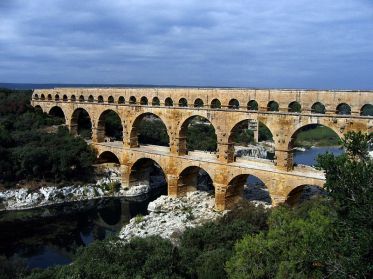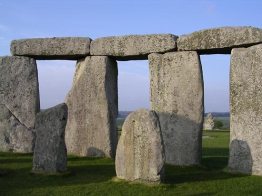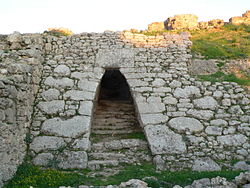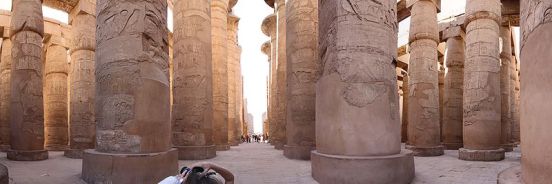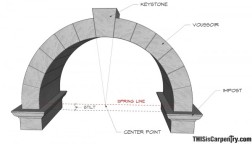 The arch is one of the simplest and most important architectural features you’ll see in Rome. They form an integral part to many of the ancient structures and churches in Rome and are something you would probably over look unless you know what you’re looking at. And since the arch is truly Roman, it deserves due diligence.
The arch is one of the simplest and most important architectural features you’ll see in Rome. They form an integral part to many of the ancient structures and churches in Rome and are something you would probably over look unless you know what you’re looking at. And since the arch is truly Roman, it deserves due diligence.
A Roman arch in it’s most basic sense uses compression from the weight of the structure above to hold the pieces together. Using accurately shaped voussiors and a carefully placed keystone the arch diverts the stress downward in a force called thrust. This increases the load bearing capabilities and let’s us build taller, grander structures.
Now, I’ve had that explained to me in several different classes so if you didn’t catch all that, or got distracted at the pronunciation of the word voussoir, don’t worry. Let’s just say that the arch was more effective than the two options we had before. Which looked something like…
The post and lintel system was used in ancient Greek and Egyptian architecture, as well as the famous Stonehenge.But as you can see, it requires large posts to support the considerable weight of the lintels. That limited the height of the the structure as well as the possibility of significant windows. With such a heavy structure to support, space couldn’t be compromised for windows except at the very top near the roof, known as clerestory windows. This lead to very dark interior. Also, if a post and lintel building had a solid roof, that too was made of stone. Supporting the roof required a forest of large columns known as hypostyle halls. One of the best examples of that can be seen at Karnak.
The other option was a Corbelled arch, where the stones gradually inclined until they met at the apex of the arch. You can see from the image that they were on the right track, but the corbelled arch just wasn’t self supporting like it needed to be.
The Roman arch offered much greater architectural flexibility, and could withstand greater pressure. For the first time it offered the availability of a an open space. But even arches had limitations. It would require further innovation before many of the grandest spaces would be possible.

